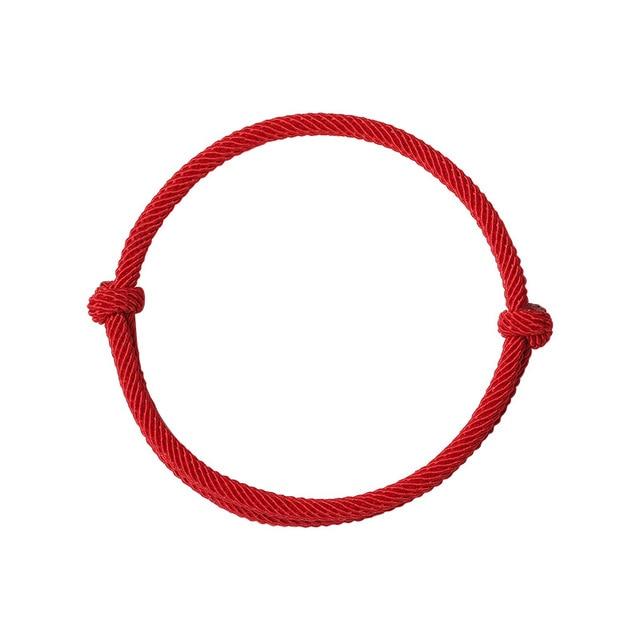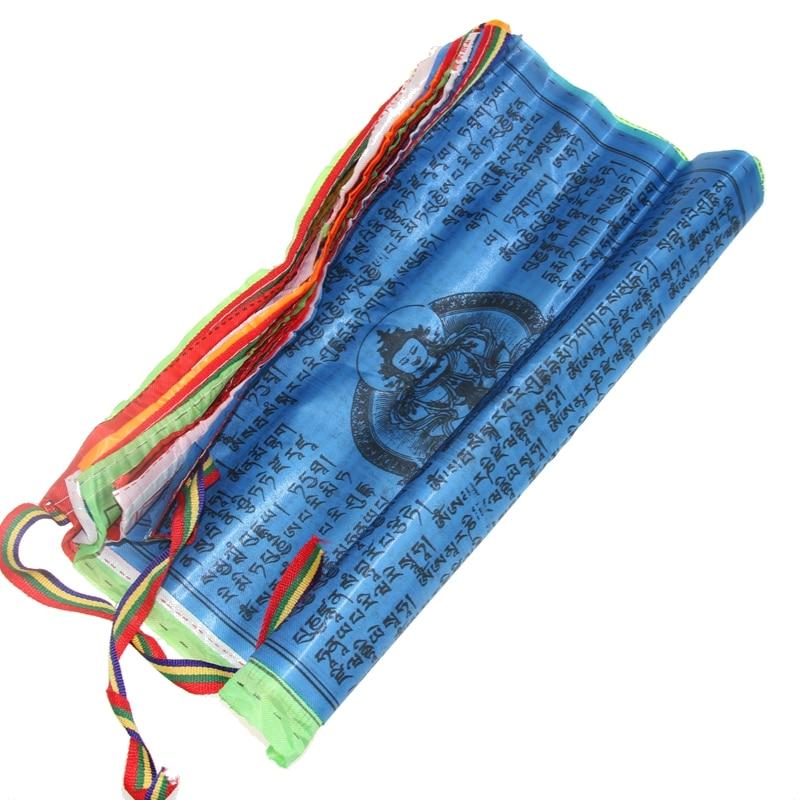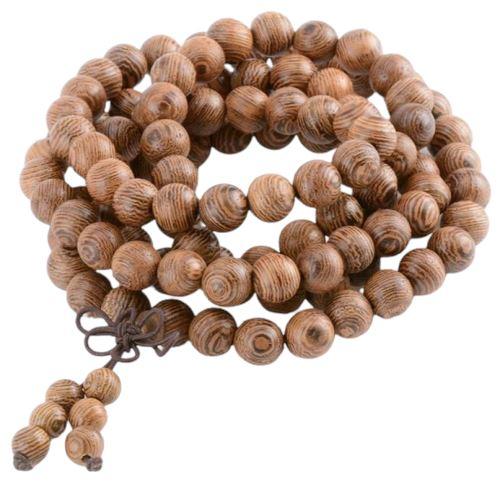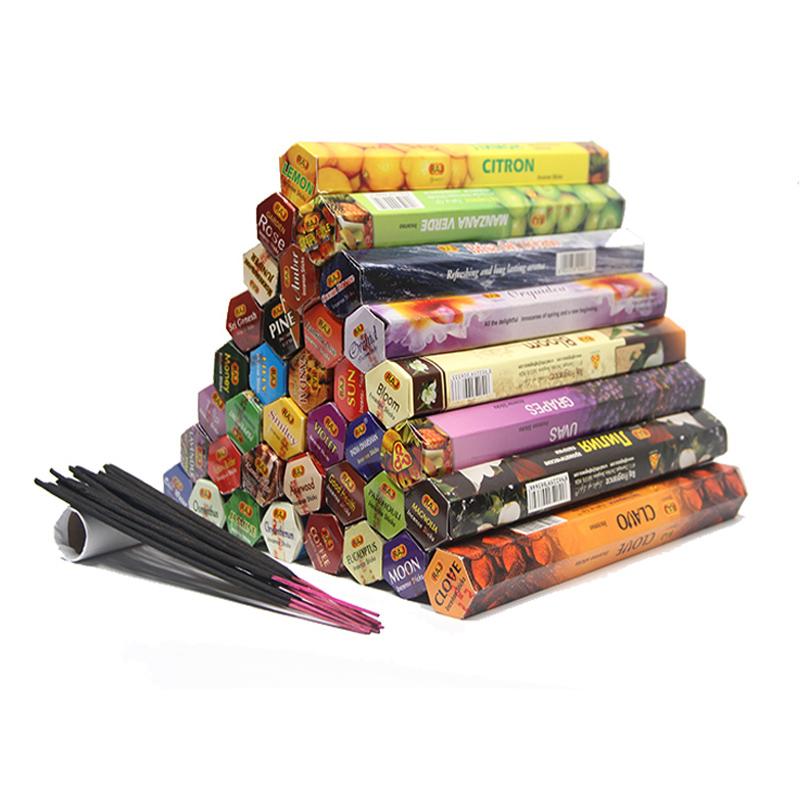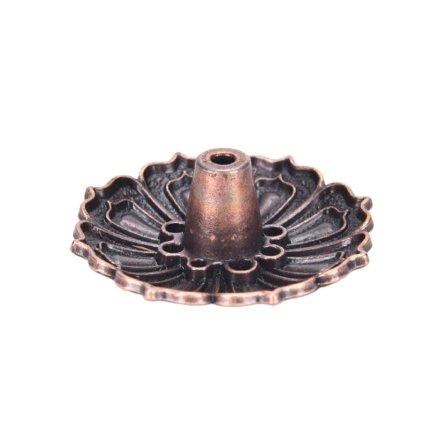The Tibetan lucky charm: spirituality and high vibration
Many people believe that a Tibetan lucky charm must have high spiritual value. We share this opinion.
If you ask passers-by in the street, you will see that for many of them, Tibetan good luck rhymes with effectiveness. For our part, we couldn't really prove them wrong.
Some of the most interesting religions have emerged from the Himalayan mountains. You probably already know Tibetan Buddhism, with its greatest representative the Dalai Lama.
After some research, something is obvious to anyone with a little sense: the path that this branch of Buddhism has taken is not by chance. It was (and still is) influenced by an older shamanic religion, Bön.
Like most animist movements, Bön gave pride of place to lucky charms and gri-gris of all kinds. Some have integrated into Buddhism, others have unfortunately disappeared. A harmonious blend of various influences, the spirituality of this people is today recognized as one of the most accomplished. The rites, customs and lucky charms which result from it are therefore of rare power.
However, it is Tibetan Buddhism which happens to be the most practiced religion in the country (and by a long way in fact). With the famous Dalai Lama at its head, this form of spirituality is today known and respected throughout the world.
Thanks to it, temples and stupas run through the mountains, decorated with colorful flags and where the silent sound of prayer wheels vibrates souls.
Without understanding the essence of Buddhism (which is particularly transmitted to you here), it is therefore impossible to understand that of Tibet.
Amulet, necklace or bracelet, there is also in this country a tradition of religious crafts whose fame has gone far beyond the Himalayan mountains.
Be careful, however, we must warn you. A lot of currents have surfed this wave. There is good and bad, but it is always good to be careful...
In conclusion, if one keeps one's critical thinking sharp and protects oneself from harmful influences, an interest in Tibet will bring surprisingly new and relevant elements into the lives of most people. The same goes for Tibetan lucky charms, the effectiveness of which clearly no longer needs to be proven.
The mala bracelet: an emblematic Tibetan lucky charm
The mala bracelet is a very popular Buddhist tool in Tibet made up of around a hundred beads, a bit like a rosary.
This very spiritual jewel is traditionally used during prayers and meditations, in groups or alone.
In fact, the powers of mala bracelets have served yogis and other apprentices on the path to greater spirituality for thousands of years.
Using this Tibetan lucky charm allows you to keep your mind focused and concentrated.
For many practitioners of oriental philosophies, the simple act of wearing such a lucky bracelet around the wrist or neck allows them to reconnect with what is essential and to achieve much more easily the meditative or trance states sought by their practice..
In short, the term mala is a derivative of the Sanskrit word “Japamala”, which is basically used to designate necklaces or bracelets made of a large number of beads.
A basic mala bracelet will have 108 beads, which makes it a piece of jewelry of a certain size, that much is clear.
You should know that the choice of this number is not by chance: in Tibet, 108 is found in many places.
Already, there are 108 letters in the Sanskrit alphabet. Next, we find 108 upanishads (sacred texts) in the Tibetan Buddhist tradition. The sages of the Himalayas also counted 108 energy centers in man.
Really, this number of 108 can only give particular strength to the Tibetan lucky charms that are the mala bracelets!
Enjoy the power of powerful mantras with prayer flags
On the surface, Tibetan prayer flags may appear to be simple pieces of colorful rectangular fabric that we hang in our gardens or on our balconies to “look pretty”.
To stop there would be a serious mistake.
In fact, the presence of these Tibetan lucky flags helps strengthen the wisdom, compassion and attainment of peace in all living beings around.
To understand the significance of these flags, we must particularly look at what is on them.
If you look closely, you will see most of your flags decorated with mantras (like the famous Om Mani Padme Hum), Tibetan religious symbols and prayers. Each of these elements has its importance.
To understand their deeper meaning, we must also be interested in their history.
According to popular legend in Tibet, the first prayer flags were used by Gautama Buddha, the man behind Buddhist philosophy.
However, we know from archeology that these lucky flags were present in Tibet centuries before the birth of this illustrious man.
Tibetan shamanic religions, notably Bön, have in fact used the same type of decoration during their rituals and ceremonies.
Finally, to know how Tibetan flags will be able to help you, you need to understand how they work.
To put it simply, the mantras and sacred symbols inscribed on it will be “carried” by the wind and will thus spread their positive vibrations.
Very clearly, if you have ever spent an afternoon next to this type of Tibetan lucky charm, you cannot say that the place was not calming, reassuring.
The thangka, another type of flag with powerful powers
Thangka painting is an ancient type of Tibetan art, which was perpetuated in the Himalayan region for more than two thousand years.
A tangkha is in fact a kind of unframed painting intended to be rolled up to be transported from village to village. Obviously, this involves special techniques to ensure that the canvas does not damage too quickly.
As these are paints on rollers, it was necessary to use bright colors to ensure that the pigments did not fade after a few months. This constraint has created a simply magnificent art that is now renowned throughout the world.
In terms of their uses, these Tibetan lucky paintings may have served as a meditation tool, to share Buddhist teachings with illiterate people, to pay homage to certain gods or spirits, or to help those who looked at it (physically and spiritually). ).
Often, thangkas represent sacred Tibetan Buddhist symbols, such as the wheel of life (or samsara), the auspicious eight (eight lucky symbols well known in Tibet) or images of different Buddhas.
In any case, one thing is certain: between thangkas and prayer flags, we can establish a direct link between Tibetan culture and the use of banners and standards (of which you will find many examples here).
Prayer wheel and singing bowls: the power of vibrations
If there is one thing to remember about Tibetan lucky charms in general, it is the intense power of vibrations.
Before going any further, please note that part of our site is devoted to sound therapy and the powers of sounds in general. That being said, let's move on.
The two objects that we are now going to talk to you about illustrate the subject wonderfully.
Temples, altars, stupas: each sacred place in Tibet has its own prayer wheel.
Sometimes small and portable (like those we offer on our store) or on the contrary several meters high, this type of Tibetan lucky charm is turned by thousands (millions?) of individuals to, each time, release the same power.
Tibetan tradition actually teaches us that using a prayer wheel engraved with mantras or particular prayers produces exactly the same effect as repeating them. By making the air vibrate while releasing a certain intention, the energy released would be the same... Interesting.
In any case, one thing is certain: prayer wheels are used by many Tibetans in their daily religious practices. The most faithful among them even spin prayer wheels for hours, thus accumulating good karma and purifying themselves of their bad deeds.
Another major meditation tool in Tibet, the singing bowl is made of a kind of bell that the practitioner hits with a mallet to make it vibrate, then producing a particular sound. (In reality, the shape of the bowl is carefully calculated to produce a precise vibration).
Sound therapy with Tibetan singing bowls is a very ancient form of healing practiced for centuries in Asia.
To put it simply, today we use this type of Tibetan lucky bowl to relieve stress, reduce certain types of pain, and accelerate the body's natural healing processes.
Recent scientific studies have also confirmed that, yes, the use of singing bowls has a real effect on our brain waves, recalibrating our vibrations towards more balanced levels.

